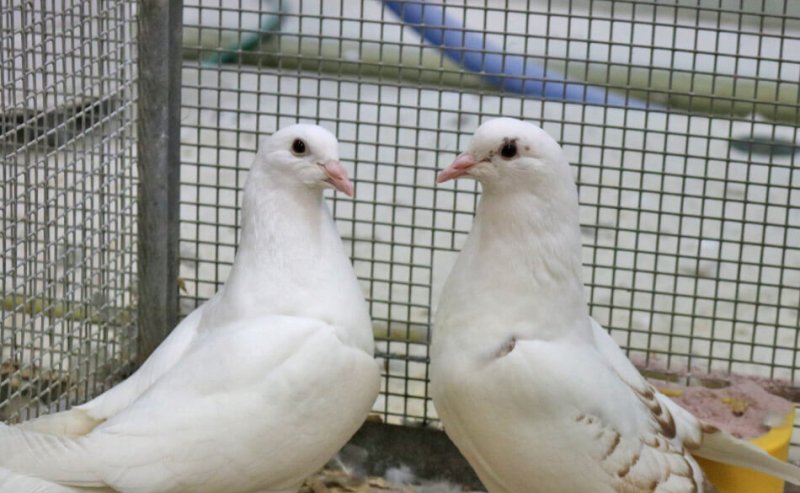The planet is getting warmer, we’re poisoning insect populations with reckless abandon and pulling fish out of the ocean at an alarming rate. The most recent prognosis for a biodiverse Earth is incredibly grim, with 1 million species threatened with extinction in the coming decades.
…
Science has already unraveled the DNA code of long-dead species such as the woolly mammoth, the passenger pigeon and Australia’s iconic Tasmanian tiger — and now, pioneering researchers are using CRISPR to remake modern-day descendants in the image of their ancient counterparts. Could we transform an Asian elephant into a woolly mammoth? We are marching toward that reality.
…
There are opponents of de-extinction, however. They point to our responsibilities with species already living on the edge of extinction and ensuring we allocate resources to save them. Others are concerned about the ethics of resurrecting ancient beasts and how they might fit into current ecosystems as the planet chokes under the heavy cloud of climate change.
…
The absolute reality is human beings have become the caretakers of the genetic frontier. With our power over the genome increasing every day, the question is no longer “can we resurrect the dead?” but “should we?”
Read full, original post: Using CRISPR to resurrect the dead































